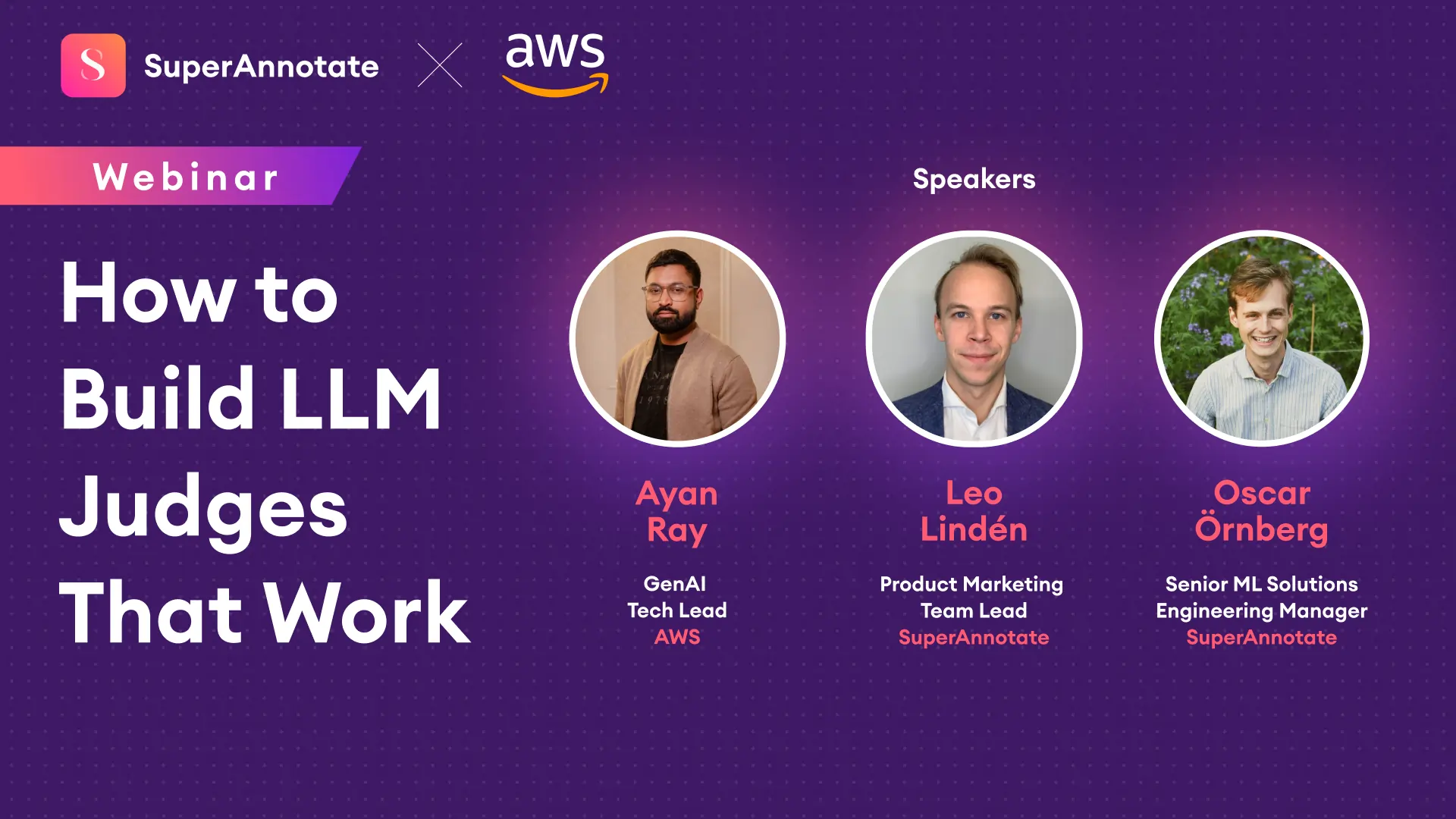LLMs are getting smarter, and quantization algorithms are training them on smaller and smaller resources. The architecture and pipelines for building new multimodal LLMs and an ensemble of collaborative LLMs are becoming increasingly complex. Tree-of-Thoughts is an example of such custom architecture, which shows significant potential to improve LLM accuracy significantly.
Building data infrastructure of a customizable LLM architecture is still an open yet significant problem. This webinar discusses how to build such data architectures at scale.
Here’s what’s on the agenda:
- Overview of large language models
- LLMs for question-answering
- Chain of thought prompting
- Self-consistency with chain-of-thought
- Tree of thought
- Future of LLMs
About large language models
Large language models (LLMs) are advanced AI-based models trained to process and generate human language in a way that closely mirrors natural human communication. LLMs were largely popularized by the paper “Attention is all you need.”
LLMs can perform a wide variety of tasks, one of them being question answering, which is improving the capabilities of chatbots, especially in the customer service industry.
LLMs for question answering
LLMs have shown promise in simple question-answering tasks. Their ability to analyze and interpret complex language can help them understand and provide accurate responses to user queries. However, the accuracy of the question answer model still requires more research to enhance the performance in this area. Accuracy can be increased with chain-of-thought (CoT) prompting.
Chain of thought prompting
CoT prompting allows you to break down your input into several building blocks and then have the output. So, the input question is followed by a series of intermediate natural language reasoning steps that lead to the final answer.
Consider the following example. You ask the language model to solve this math problem: “Roger has 5 tennis balls. His friend gave him 2 tennis balls. He later lost one. How many tennis balls does Roger have?” Instead of giving you the final answer, the language model will generate the reasoning steps that lead to the final answer. Here’s one possible answer: “Roger has 5 tennis balls, and his friend gave him 2. So he has 5+2=7. He lost one ball, which means he has 7-1=6. The answer is 6.
For better-performing LLMs, you can apply self-consistency with CoT where you use majority voting to get a more accurate answer.
What should you focus on when building LLMs?
To be ahead of the game, it’s important to know your focus points before you start building LLMs. There are two dimensions regarding the future of LLM fine-tuning that you need to consider.
- Dimension 1: If you’re building an LLM, you need to decide where you want to be in the impossible triangle, which consists of cost, accuracy, and latency.
- Dimension 2: Understanding the balance of RLHF, RLAIF, and SFT is an unsolved problem, and figuring it out can consume most of your time and money.
Ready to power your innovation with AI? Then watch the webinar below.




